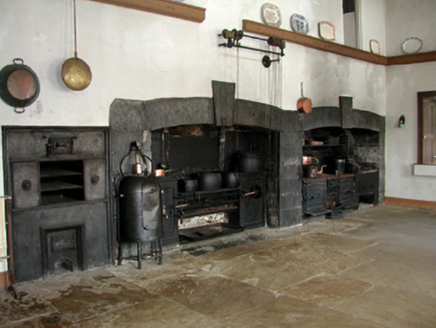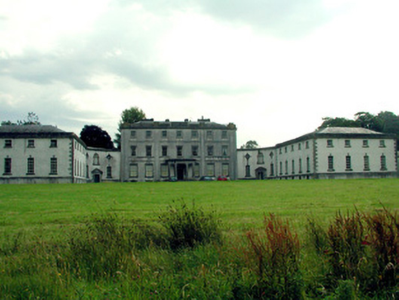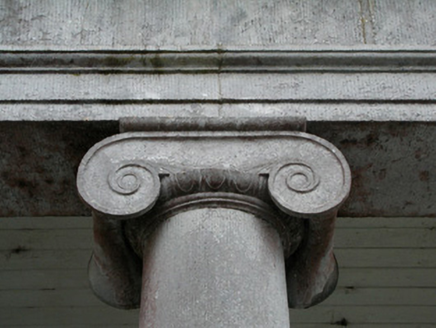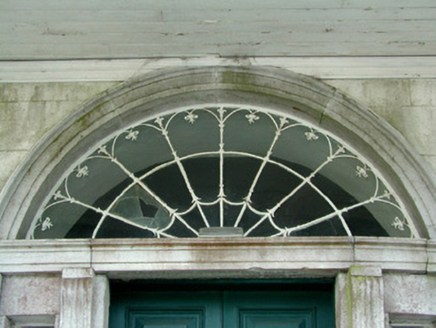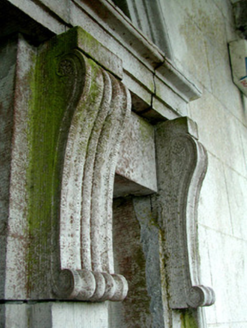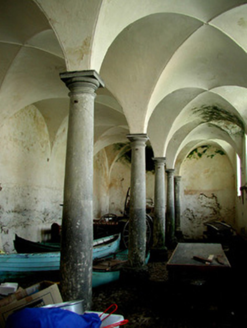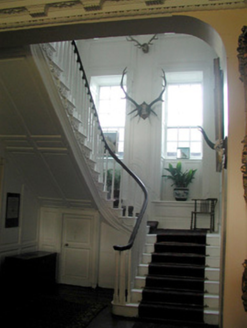Survey Data
Reg No
31811028
Rating
National
Categories of Special Interest
Archaeological, Architectural, Artistic, Historical, Social, Technical
Previous Name
Strokestown House
Original Use
Country house
In Use As
Museum/gallery
Date
1720 - 1740
Coordinates
193602, 280833
Date Recorded
05/08/2003
Date Updated
--/--/--
Description
Detached seven-bay three-storey over basement Palladian house, modified c.1730 to a design by Richard Castle and masking an earlier structure completed in 1696, with curved curtain walls linking it to flanking pavilions with four-bay principal façades. House refaced and portico added c. 1820. Galleried kitchen to north wing and vaulted stables to south. Pedimented archways to outer walls extending from pavilions give access to stable complex and kitchen yards. Hipped slate roofs to house and pavilions with rendered chimneystacks to house hidden by parapet with balustrade to outer bays and panel over centre. Ruled-and-lined render to house with string courses and giant order pilasters. Roughcast-rendered walls to pavilions with cut limestone cornices to parapets. Niches flanked by oculus windows to upper part of curtain walls with tooled stone surrounds. Timber sash windows throughout with tooled limestone architraves to house. Main entrance set within Ionic portico and is approached by flight of limestone steps. Timber panelled door recessed in tooled stone doorcase with decorative brackets and surmounted by ornate spoked fanlight and flanked by traceried sidelights. Entrances through curtain walls have tooled stone block-and-start surrounds with keystones and pediments. Brick tunnel links the inner stable yard to the kitchen yard with two-storey roughcast-rendered outbuildings. Decorative plasterwork to interior. House set within demesne containing stable complex, walled gardens, mausoleum, bridge, gates and lodge.
Appraisal
Following the death of Sir Edward Lovett Pearce, his assistant German-born Richard Castle became one of Ireland's most celebrated architects. Castle went on to build some of the country's finest houses and is credited with much of the work at Strokestown Park. The elegant portico and attention to detail provide a sense of grandeur. The fan detail to the entrance door of the house is reflected in the detail to the parapet wall. The Italianate vaulted stables with a row of Doric columns were in their day known as an equine cathedral. This house is an integral part of the architectural heritage of Roscommon and indeed of Ireland.
